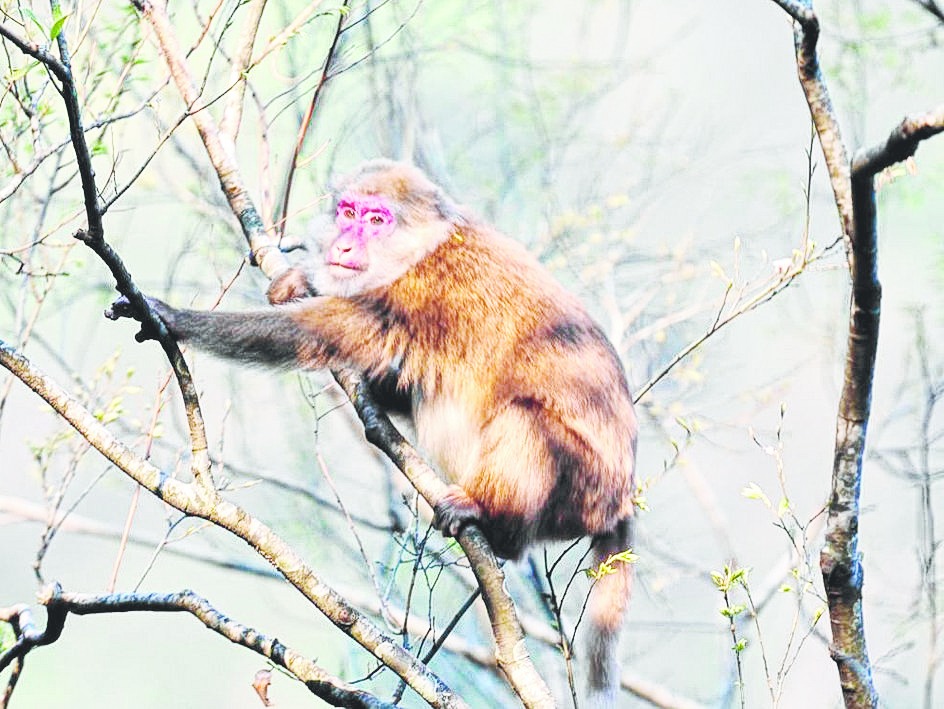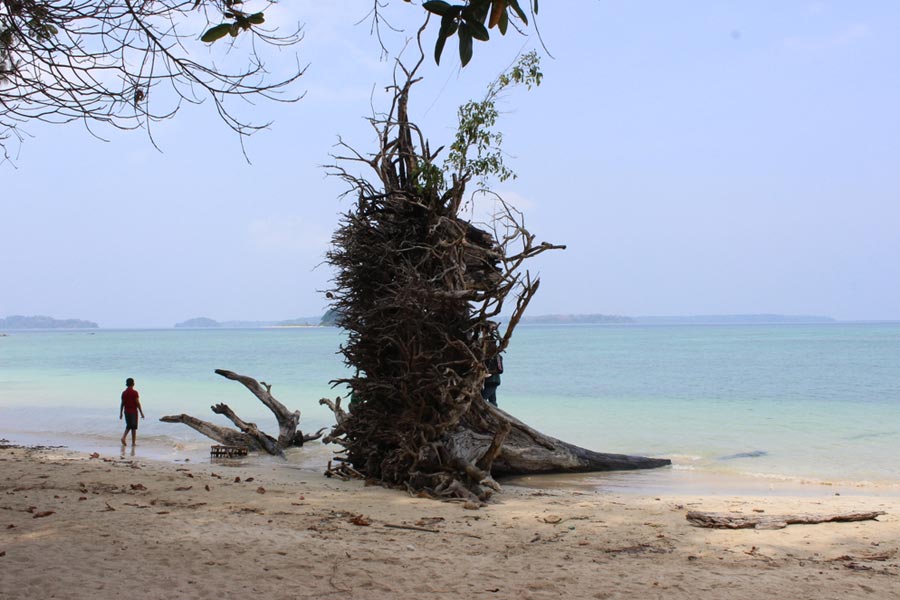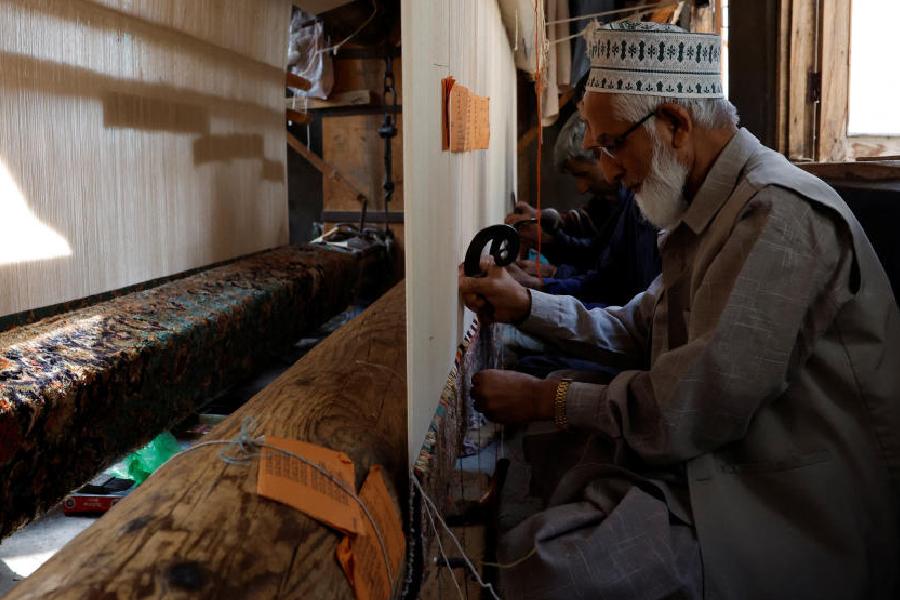
Guwahati, April 22: Wildlife biologists and photographers have spotted in Arunachal Pradesh a new species of macaque - white-cheeked macaque -for the first time in India close to the place in China from where it was first discovered and reported last year.
White-cheeked macaque ( Macaca leucogenys), was first reported by primatologist Li Cheng and his group from the Mêdog county in southeastern Tibet last year.
Southeastern Tibet is a biodiversity-rich area located at the junction of the Eastern Himalayas and Indo-Burma region, a global biodiversity hotspot.
The discovery was made by a team of biologists and wildlife photographers from Assam comprising Ranjan Kumar Das, Udayan Borthakur and Dilip Chetry, who were on a bird-watching trip to Anjaw district in March last year. The team was accompanied by bird guide Binanda Hatibarua.
"We were driving through an interior road in Anjaw district and were looking for birds when we suddenly saw a group of macaques on a hill slope . There were at least 15-20 macaques in the group. On first appearance, they were different from others which I have seen," Udayan Borthakur, a wildlife geneticist of Aaranyak, told The Telegraph.
Borthakur said once the pictures were taken, the team consulted a number of experts, including the one from China, to find out if this was the same like that one found last year .
Dilip Chetry, primatologist and the head of primatology division at Aaranyak, said, "On the basis of our observations, the photographs and experts' comments, we have come to the conclusion that the macaques in Anjaw district of Arunachal Pradesh belong to white-cheeked macaque species."
The species has been discovered on the basis of photographic records and differs considerably from other macaque species, such as Rhesus macaque, Arunachal macaque, Tibetan macaque and Assamese macaque. It exhibits a suite of pelage characteristics, including relatively uniform dorsal hair pattern, hairy ventral pelage, relative hairless short tail, prominent pale to white side and chin whiskers creating a white cheek and round facial appearance, dark facial skin on the muzzle, long and thick hair on its neck, and round rather than arrow-shaped male genitalia.
"It is an amazing discovery and I am truly excited to be a part of it and contribute to the understanding of the species through my photography, " Ranjan Kumar Das, a geography teacher at Tinsukia College, said.
Borthakur said the finding of this new macaque species enhances the prospect of biodiversity conservation in the region and gives thrust on more field studies, research and conservation initiatives.
"We are now asking for permission from Arunachal Pradesh to carry out a proper scientific study. We are publishing it in a scientific paper too," he said.
Borthakur said, "Any discovery, starting from insects to primates, is important to science and our understanding of biodiversity of an area as well as evolution in general. However, with primates it is especially important because they are higher mammals in terms of evolution. Finding a new higher group species from an area means that the place is important from conservation point of view, as one may not get such extremely rare species anywhere else."











